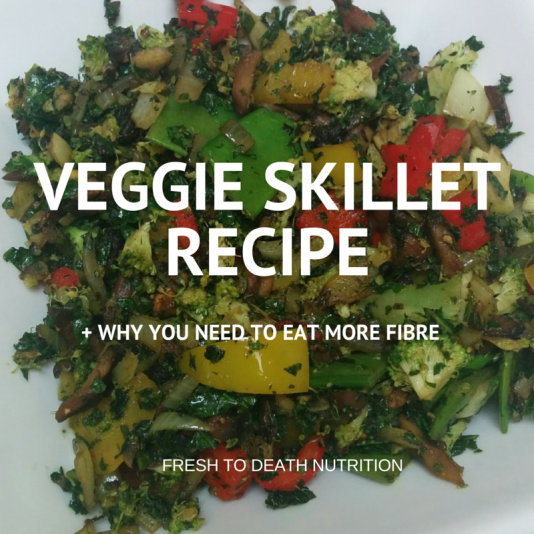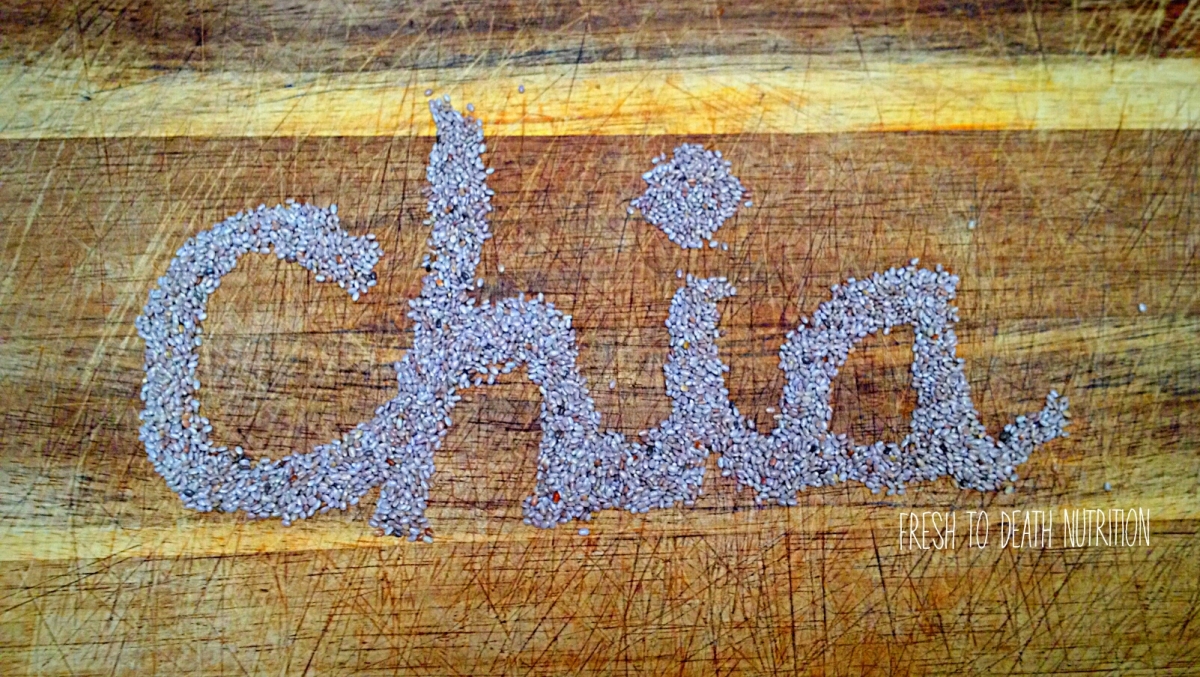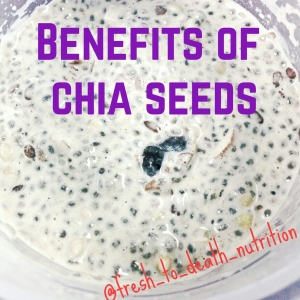
On days when I’m strapped for time and can’t decide on what to eat, veggie skillets are my favourite. This simple vegan dish is jam-packed with fiber and will leave your taste buds satisfied.
A plant-based diet has numerous benefits, but my favourite advantage is the higher fiber intake. Fiber is a type of carbohydrate that can’t easily be broken down in our digestive system to be converted to sugar for energy (with whatever’s left over being converted to fat). Fiber is essential for helping to bind our digested food together in our small and large intestines to help move things along. It also helps to stabilize blood sugar, keep our cholesterol in check, and can even help prevent colon cancer and hemorrhoids. In addition, fiber helps to keep us fuller for longer periods of time which in combination with its digestive properties, aids in weight loss.
Women should aim for 25 grams of fiber per day, whereas men should aim between 35 grams and 40 grams as they have a higher chance of being diagnosed with colon cancer, and typically consume more protein and calories than ladies. There are so many high fiber foods to choose from, so realistically there shouldn’t be any excuse for not getting your recommended daily intake (RDI). Whole wheat breads & pastas, brown rice, artichokes, avocados, apples, pears, lentils & legumes, almonds, peas and raspberries are just a few options, and there are hundreds of different recipes out there that combine these fibrous foods to form tasty meals.
Along with taste, this veggie skillet recipe is jam-packed with 11 grams of fiber, 106% of your RDI of vitamin A, 232% of your RDI of vitamin C, 17 g of protein and 40% of your RDI of iron. By prepping your veggies before hand and freezing them, this dish can be made in under 5 minutes.
Veggie Skillet
- 3/4 cup of diced par-boiled potatoes
- 1/3 cup of diced red/green/yellow/orange sweet peppers
- 1/2 cup of finely chopped kale or leafy greens
- 1/3 cup of green or yellow beans, cut into pieces
- 1/2 a carrot, sliced
- 1/2 cup of mushroom pieces
- 1/3 cup of shelled edamame
- 1/3 cup of black beans
- 1 Tbsp of olive oil, avocado oil or flax seed oil
- 1 clove of garlic
- 1/3 shallot, finely chopped
Spices
- 1 tsp of chili seeds
- 1/2 tsp of cumin
- 1 Tbsp of homemade Montreal steak seasoning
- 1/8 tsp of seasoning salt
- dash of pink Himalayan sea salt
- dash of black pepper
- 2 Tbsp of freshly diced parsley or 1/2 tsp of dried parsley
- 1/2 Tbsp of paprika
Heat oil, garlic and shallots in frying pan on medium heat. Once shallots begin to turn transparent and soft, throw all veggies in the pan and sauté until veggies are thawed (if using frozen), or if using fresh, add spices immediately. Cook until browned. Serve immediately for a vegan dish or top with a warm over-easy egg, allowing the runny yolk to break and coat veggies under it.
Nutrition Information
Calories per serving: 350
Protein |
17 grams |
Carbohydrates |
56 grams |
Fiber |
11 grams |
Sugars |
6 grams |
Fat |
3 grams |
Sodium |
147 milligrams |
Potassium |
1346 milligrams |
Vitamin AVitamin CCalciumIron |
106 %232 %23 %40% |






